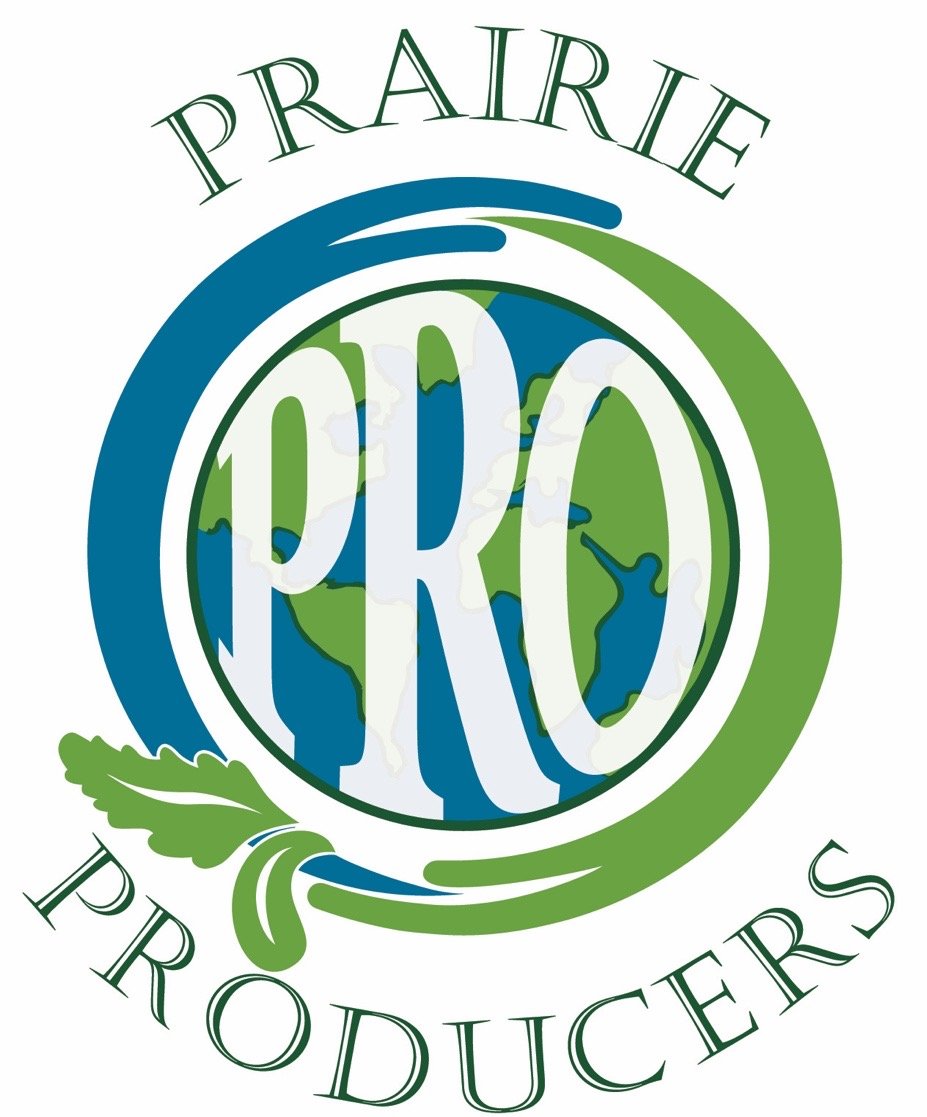Complete Hemp Processing co-founder Ken Meyer cuts the ribbon opening the company’s decorticating facility in Winfred, SD. Photo by Jean Lotus

By Jean Lotus
Industrial hemp experts discussed opportunities in food, feed, farming, automotive and building materials at the South Dakota grand opening of the state’s first industrial hemp processing center near Madison, SD in Lake County. Vistors got to help build a hempcrete wall with hemp processed on site.
After five years of planning and working with South Dakota lawmakers on industrial hemp policy, Complete Hemp Processing opened its doors to around 200 farming neighbors and visitors from across the United States on August 3-5.
Members of the A.H. Meyer & Sons, a fourth-generation South Dakota family-owned honey processing business expanded into growing and processing hemp. Siblings Ken and JB Meyer and Melissa Shipley have set up the new facility in Winfred, SD.
“We want farmers in the area to know we are here,” said Ken Meyer. “They can grow industrial hemp and have a place for it to be processed.”
The company has contracted with local farmers to grow the 1,600 acres of harvested hemp it will take to keep the facility running three shifts after the upcoming harvest.
The company was also promoting John Peterson and his Wakonda, SD-based Dakota Hemp – another processing plant being installed about an hour away.
The processors see themselves as collaborators building the new industry, not competitors.
“We need at least another two processors in South Dakota to get the farmers on board,” said Meyer.
Subscribe for HempBuild Magazine’s free newsletter

Global Fiber Processing

Hemp Build School

Americhanvre

Texas Healthy Homes

South Bend Industrial Hemp
.png?format=1000w)
Hemp Building Company
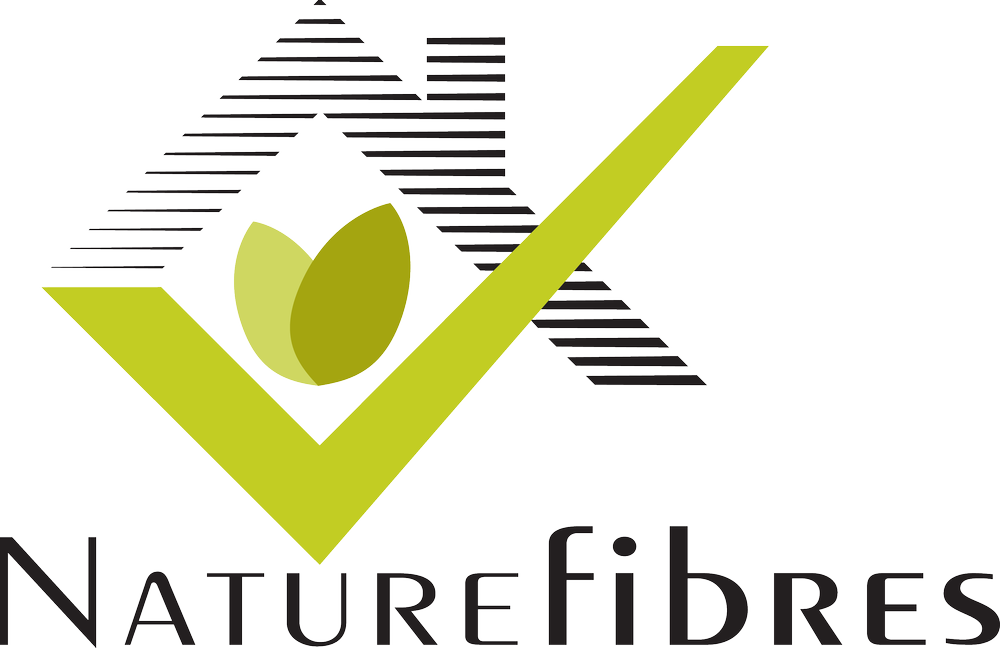
Nature Fibres

Hempknowlogy
Building Materials
Hemp-lime building materials were used to build a sample wall in a “hempcrete” building workshop held by Texas-based hemp builder Ray Kaderli, president of the US Hemp Building Association.
“The overarching theme here is for building and construction to be the demand for what’s being grown on a farm and processed in a facility like this,” Kaderli said.
Hemp building materials are seen as plant-based alternatives that can help mitigate the large carbon footprint of the construction industry, which studies show contributes up to 38% of greenhouse gasses worldwide and takes up more than 25% of landfills.
The Project PA Home insulated with spray-applied hempcrete by Pennsylvania-based Americhanvre in New Castle, PA was developed as a way for farmers to see their product in use for the building industry, said Philip Berezniak of DON Services. The project was supported by local universities, housing agencies, the Pennsylvania Department of Agriculture and private industry.
“Collaboration has been the secret,” Berezniak said.
Corbett Hefner of Monte Vista, CO-based Formation Ag and Global Fiber Processing presented a load-bearing hemp cinderblock under development from the University of Nebraska-Lincoln. A tiny fraction of the cinder block market would require hundreds of thousands of acres of hemp to be planted, Hefner said.
Other hemp building materials made in the USA on the market include HempWood flooring and HempWool fiber batt insulation.
Click here to go to our FREE online community.
Hemp builder Ray Kaderli, president of the US Hemp Building Association, prepares to empty a mixer of hempcrete into buckets to build a sample wall at Complete Hemp Processing Winfred, SD. Photo by Jean Lotus
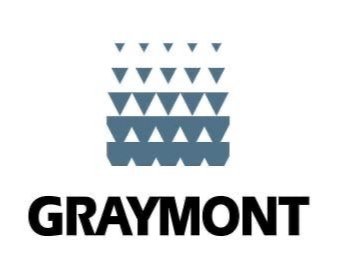
Graymont Ltd.

Homeland Hempcrete

HempStone

Midwest Natural Fiber
Decorticator facility toured
Along with a tour of Horizon Hemp Seeds’ local hemp fields in Clark, SD, Irish music and barbecue, the event featured the unveiling of the facility’s Fiber Track 660 decorticator. The machine unbales hemp stalks and separates the outer long fiber bark (bast) from the inner woody core (hurd).
Final outputs from the process include long fiber and short technical fibers used in textiles and nonwoven applications, hurd used for building materials, animal bedding and mulch and micronized dust used in plastics.
“We talk about value-added agriculture, we talk about ways to grow ag, and we really talk about ‘how do we keep our kids and our grandkids here?’” said State Sen. Casey Crabtree. “To grow hemp in South Dakota and process it here creates opportunities for the next generation.”
Stacked along the walls were bales grown by another lawmaker/farmer, Sen. Joshua Klumb, who worked with Crabtree and the South Dakota Industrial Hemp Association to eliminate barriers to growing industrial hemp in the state.
Acreage small, but growing in South Dakota
Nationwide, the USDA National Agricultural Statistics Service’s count of harvested hemp acres dropped by 45% between 2021 and 2022 to 18,251 from more than 40,000, largely because of the crash of the CBD market. However South Dakota reported the highest hemp acreage harvested last year (2,550 acres) with about 3,000 acres planted this year, according to Derrick Schiefelbein of the South Dakota DANR.

US Hemp Building Assn.
-2.png?format=1000w)
HEMPALTA

Sativa Building Systems
Prairie PROducers
The Fiber Track 660 decorticator. Photo by Jean Lotus

Haven Earth

Hemp and Block LLC

US Heritage Group
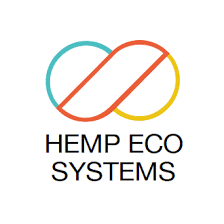
Hemp Eco Systems
Oil Seeds
Keynote speaker Roger Gussiaas, founder of Carrington, ND-based Healthy Oil Seeds said he needed at least 6,000 acres of grain hemp to be harvested to achieve his goal of 40% growth. He encouraged farmers to branch out from a rotation of corn and soy.
“I’d love to work with any of you that want to grow hemp for grain,” he said. “We want to buy your hemp, pay you well and add respect to that too.”

Offered as part of a special partnership between USHBA and HempBuildMag. HempBuildMag receives a commission through this arrangement.
Visitors admire a multi-level hemp harvester that can chop hemp stalks at varying heights. Photo by Jean Lotus 
Automotive Industry
The European automotive industry has used hemp fiber in car parts for decades, and that demand is still strong in Tennessee and the region where General Motors, Volkswagen, Nissan and Ford have developed large factories, said Fred Cawthon, president of the Hemp Alliance of Tennessee.
The hemp in the car that’s being manufactured right now at Mercedes Benz in Alabama “is being brought in from France,” Cawthon said. “Because we’re not doing a quarter of a million acres that they’re doing in Europe to support the industry right now,” he said. “There’s no reason we should not be producing that here … and we’re just talking about one segment, automotive.”
Hemp Alliance of Tennessee and a coalition of regional universities and organizations were awarded $55 million in grant money in the USDA’s $3 billion Climate Smart Commodities program to help local farmers cover the costs of growing industrial hemp.
Agricultural Research
Independent seed trials in 10 states last year sponsored by the Utah-based Global Hemp Association planted multiple certified and non-certified seed strains in different US geographical regions. The data came in handy, said GHA founder Mandi Kerr, as industrial hemp advocates worked with federal lawmakers to encourage a “fiber and grain exemption” to remove barriers and slash licensing and testing costs for farmers growing hemp for industrial uses.
Animal Feed as pathway to commodity prices
Bringing hemp prices down to compete with other commodities is a challenge at a small scale, said Andrew Bish, of Giltner, NE-based Bisch enterprises and Monte Vista, CO-based Global Fiber Processing.
Hemp hurd, currently selling for 36 to 66 cents per pound needs to be at 20 to 30 cents and hemp seed grain is priced at 50 to 55 cents per pound and needs to be between 30 to 35 cents for market competition with existing products, Bish said.
“Hemp can only be neat and cool for so long. There’s a timeline. The rubber has to meet the road,” he said. “The challenges really are regulatory. We can’t produce enough fiber and herd to make that market really sustainable, it will have to exceed 2 to 3 million acres a year. If we don’t have more volume, you can’t go into the automotive industry.”
Approval for animal feed is the secret to scale in the hemp industry, Bish said. He serves as president of the non-profit Hemp Feed Coalition.
The majority of corn and soy grown in the United States, as well as other agricultural co-products like brewers grains, go to the $415 billion animal feed market. High-quality proteins and Omega 3 and 6 oils found in hemp seed have been deemed “Generally Recognized as Safe” for humans since the 1990s, but are yet not approved for animal feed by the FDA. Hemp seed has long been approved for animal feed in Europe and Canada. Some hemp genetic strains are dual-crop, harvestable for both grain and fiber.
The coalition has been working for three years on an egg-laying chicken application for hemp grain with the FDA. But costs to get a new ingredient approved for animal feed are high, about $100,000 per species.
A handful of states have approved hemp for animal feed including Texas, Montana (for companion animals) and Oklahoma. University research is being conducted in New York, Kansas, Kentucky, Colorado, Oregon and elsewhere to help approve hemp seed for animal feed.
“If you want to drive down those prices, we have to create an avenue to a market and the animal feed market is there. You don’t have to do much with the hemp seed to turn it into a product,” Bish said. “That’s really where the money is going to be in this industry when we can have those two streams of income.”
In a self-described “pep talk” Morris Beegle, founder of We Are for Better Alternatives, acknowledged that the re-introduction of industrial hemp had a long way to go before it became a standard rotational crop in the United States, but said the plant provided an answer for challenging times in agriculture and society.
“This extraordinary plant, long misunderstood and underutilized, possesses the power to revolutionize our industries, protect our and nutritional benefits for humans and animals, and drive positive change,” Beegle said.

Hearts of Mercy
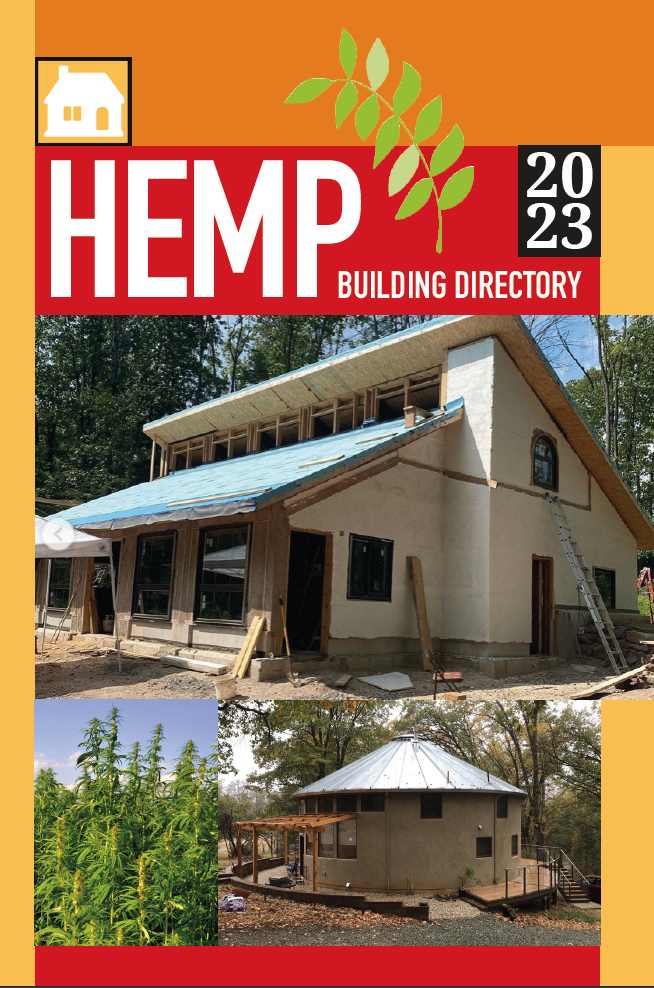
Hemp Building Directory
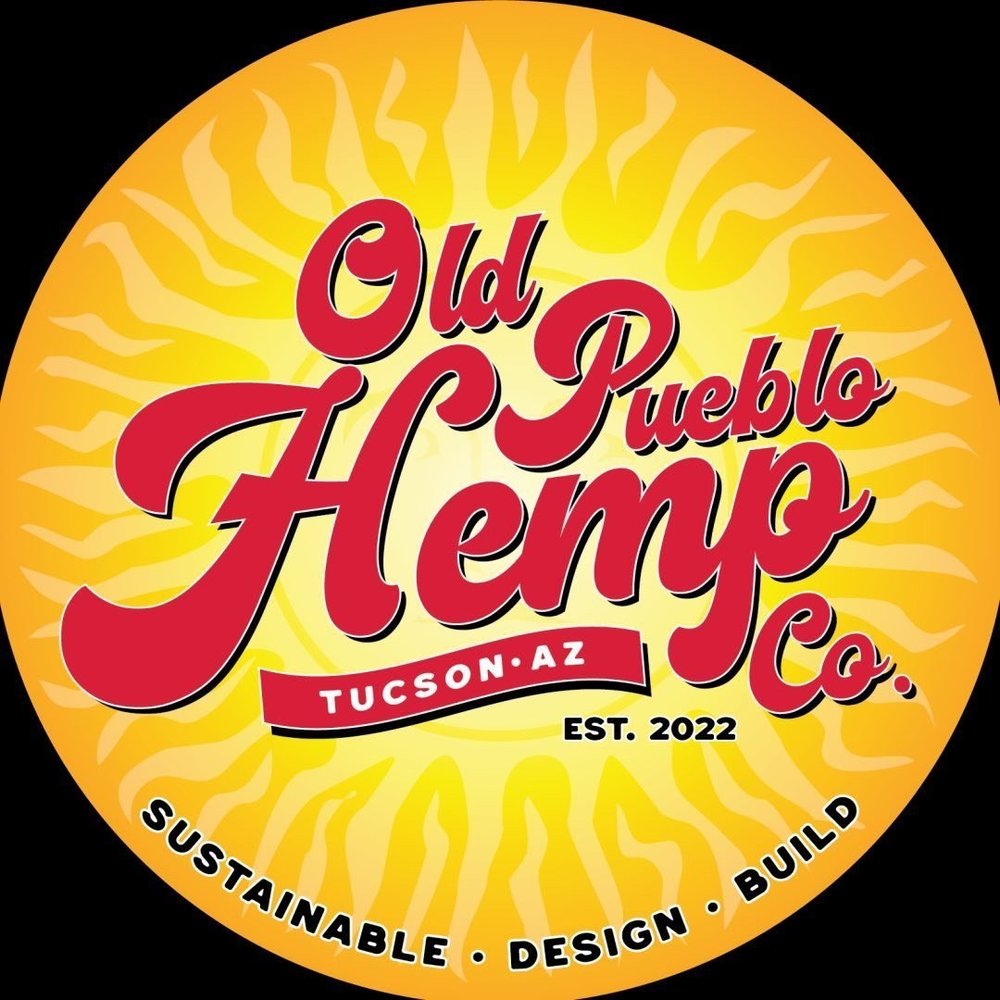
Old Pueblo Hemp Co.

Hempitecture, Inc.
Please Support Our Classified Advertisers
(To find out more about advertising CLICK HERE).
Help Wanted:
Publications
-
Hemp Building Directory 2023 – Guide to the International Hemp Building Industry
-
“Hemp Buildings – 50 International Case Studies” by Steve Allin
Hemp Building Research and Training
-
Enrolling now Hemp Build School Masterminds online and IRL for Homeowners and Professionals
Hemp Hurd (shivs)/Hemp Fiber/ Hemp Microfiber
-
Hemp Building Company: Hempcrete Supplies, Training Programs. Longmont, CO
-
PROducing Sustainable Fibers for Environmentally Conscious Consumers – Prairie PROducers
Hempcrete installers/Insulation subcontractors
-
Hempknowlogy: Home of the Hempjet: America’s first hempcrete spraying system. Manchaca, TX
-
Design and build your Hempcrete home with HempStone LLC complete consultants
Lime Binder
Hemp Batt Insulation/Supplies
Hemp Wall Panel Products
-
Preorder your hempcrete tiny house from Sativa Building Systems
-
Panel solutions from Homeland Hempcrete
Hemp Blocks
Professional Associations
Originally published August 6, 2023 on Hemp Building Mag
https://www.hempbuildmag.com/home/processor-south-dakota-hemp



